Yom Kippur, also known as the Day of Atonement, holds a place of paramount importance in the Jewish calendar. It is a day steeped in solemnity and reflection, dedicated to introspection, spiritual renewal, and seeking forgiveness. Celebrated on the 10th day of the month of Tishrei, Yom Kippur marks the culmination of the Ten Days of Repentance that begin with Rosh Hashanah. Jews around the world observe this day with an earnest commitment to atonement, aiming to reconcile their sins before God.
The observance of Yom Kippur is characterized by several time-honored customs and rituals. Fasting is a central practice, where participants abstain from food and drink for a 25-hour period. This act of self-denial is a physical manifestation of the spiritual cleansing that Yom Kippur signifies. In addition to fasting, prayer plays a critical role. Jewish communities gather in synagogues for extended prayer services that include the recitation of the Kol Nidre, a declaration annulling vows made during the year, and the closing Ne’ilah service, which signifies the sealing of the Book of Life.

Preparation for Yom Kippur involves both practical and spiritual readiness. Many individuals take part in a ritual called Kaparot, a symbolic act of atonement involving the use of a chicken or money. Following a specific meal before the fast, known as the Seudah Mafseket, participants enter Yom Kippur with a heart ready for earnest repentance. Reflection on past actions, seeking forgiveness from those wronged, and making commitments to improve oneself in the coming year form the essence of the preparation activities.
The essence of Yom Kippur is deeply embedded in the themes of forgiveness, mercy, and self-examination. By observing these practices, individuals strive for a profound sense of spiritual renewal and a fresh start to the new year. Through fasting, prayer, and community rituals, Yom Kippur offers an opportunity for meaningful connection with one’s faith and a reaffirmation of one’s moral and ethical values.
The Symbolism and Significance of Roses in Yom Kippur

Roses, long celebrated for their exquisite beauty and connotation of love, hold a profound and nuanced symbolism during Yom Kippur. This sacred day, marked by introspection, atonement, and renewal, finds a resonant representation in the imagery of roses. The association of roses with purity and emotional depth makes them a fitting emblem for this period of reflection. By exploring their multifaceted symbolism, we can uncover how this cherished flower can enhance the spiritual experience of Yom Kippur.
The rose’s connection to purity is rooted in its delicate petals and pristine appearance, making it an ideal symbol during Yom Kippur. This day calls for inner cleansing and freshly forged beginnings, harmonizing effortlessly with the rose’s essence. As individuals engage in contemplation and seek forgiveness, roses can symbolize the shedding of old sins and the emergence of a renewed spirit. The vibrant hues of roses, ranging from immaculate whites to passionate reds, can each be integrated into the observance of Yom Kippur, emphasizing different aspects of this transformative journey.
Incorporating roses into Yom Kippur observances can take multiple forms, each adding a layer of meaning and beauty to the occasion. Floral arrangements featuring roses can adorn homes and synagogues, creating a serene atmosphere of introspection and reverence. The act of presenting roses as offerings not only beautifies the space but also symbolizes the love and dedication one brings to the process of atonement. Furthermore, individuals may include roses in personal meditative practices, focusing on the flower’s structure and elegance as a metaphor for spiritual renewal and expansion.
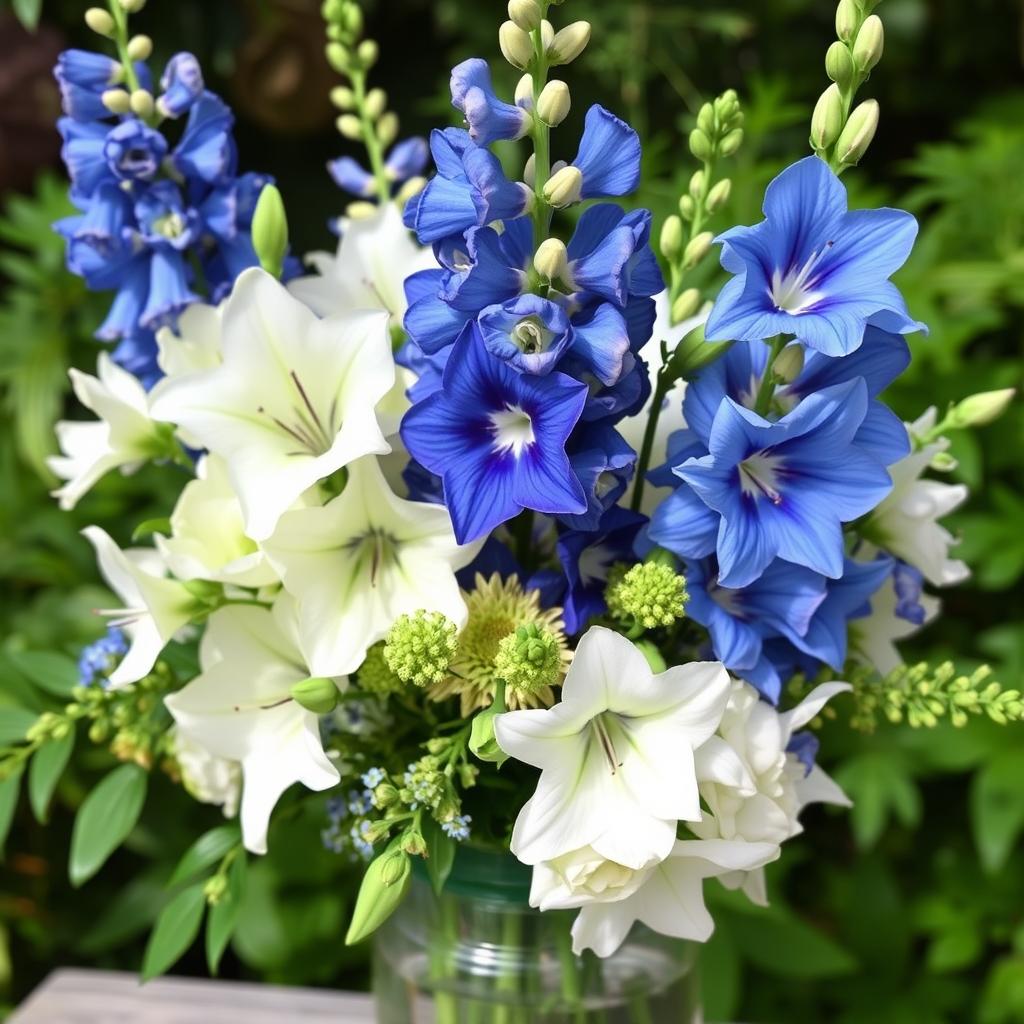
Ultimately, roses provide a powerful and poignant means of celebrating Yom Kippur, bridging emotional and spiritual realms through their symbolism. As participants immerse themselves in the dual tasks of atonement and renewal, roses stand as a reminder of the transformative power of this sacred day, offering beauty and meaning to the practices undertaken in its honor.
Incorporating Orchids and Delphinium: Elegance and Serenity
Yom Kippur, the holiest day in the Jewish calendar, is a time for deep reflection and spiritual introspection. Integrating symbolic flowers such as orchids and delphinium into Yom Kippur observances can significantly elevate the spiritual ambiance of this solemn day. Orchids, renowned for their elegance and exotic beauty, are not only visually captivating but also imbued with rich symbolic meaning. They represent strength, beauty, and the serene contemplation sought during Yom Kippur.
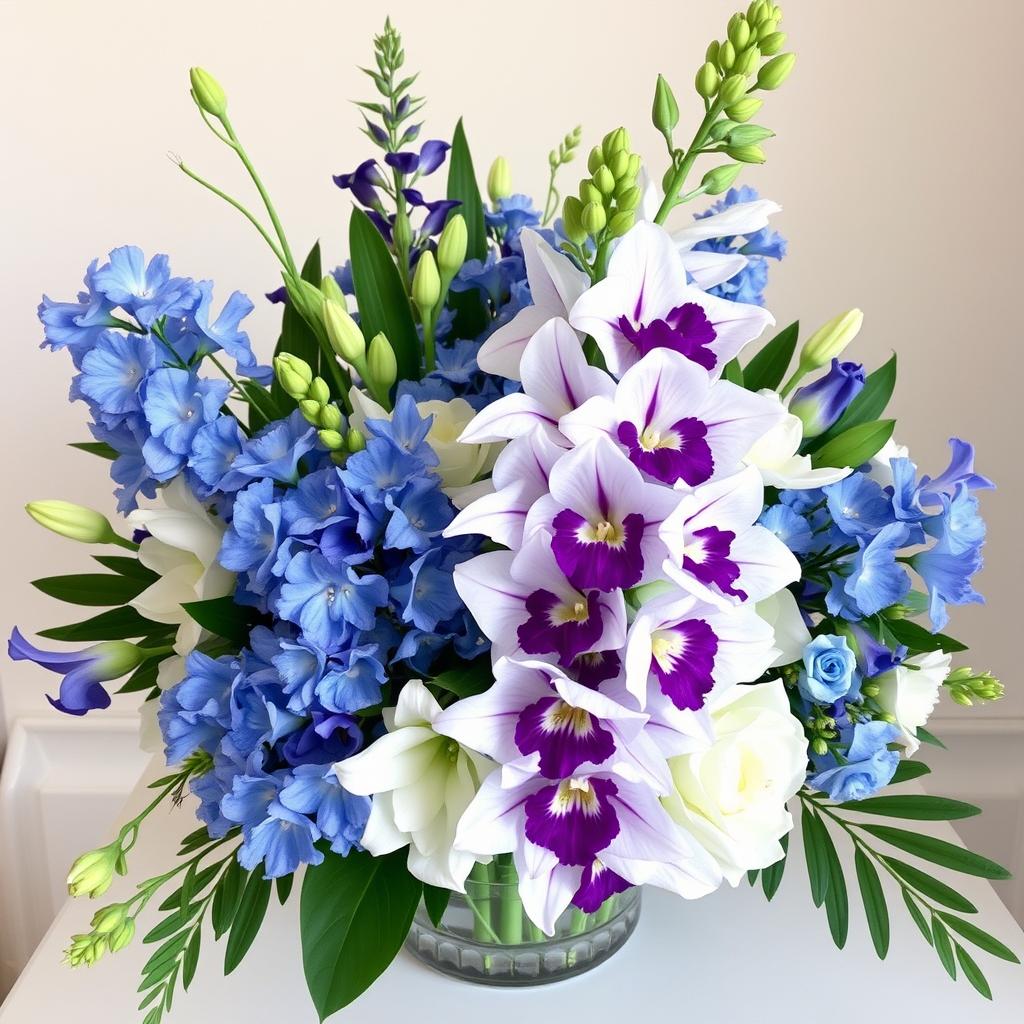
Orchids can be used in various ways to enhance the décor and atmosphere of Yom Kippur. Consider placing elegant orchid arrangements in prominent areas of your home, such as the entryway or dining table, to set a tone of tranquility and reflection. White orchids, in particular, symbolize purity and are fitting for this day of atonement and renewal. Smaller orchid plants can also be placed in personal prayer spaces, providing a calming presence that aids in meditation and self-reflection.
Delphinium, characterized by its tall, graceful stalks and vibrant blue or violet blossoms, serves as a powerful symbol of aspiration for higher spiritual awareness and a connection to the divine. The striking appearance of delphinium can inspire a sense of elevation and reverence, making it an excellent addition to Yom Kippur rituals and decorations. Placing delphinium in vases around your home or incorporating them into floral arrangements can create an atmosphere conducive to deep spiritual engagement.
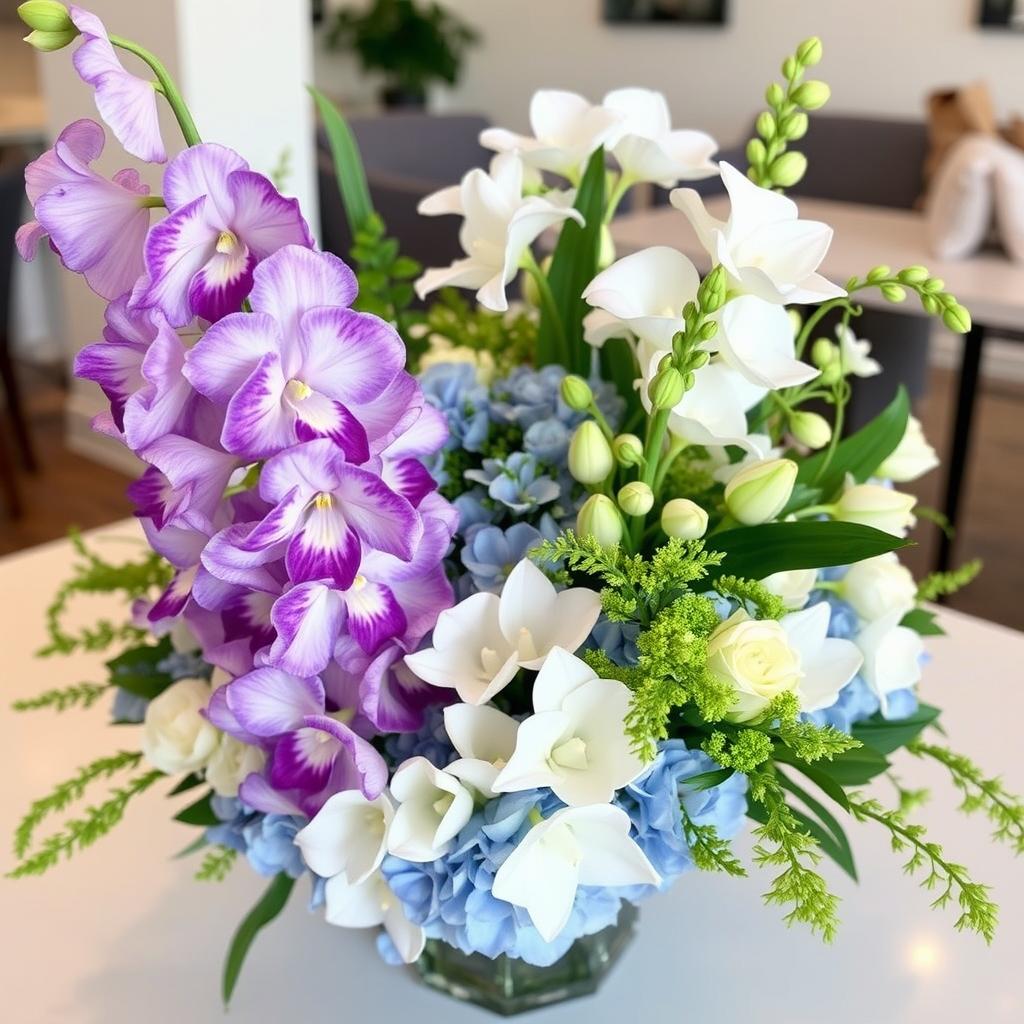
For those seeking creative ways to use orchids and delphinium, consider crafting floral headpieces or wrist corsages that can be worn during Yom Kippur services, reinforcing the personal commitment to the introspective journey. Additionally, using these flowers in centerpieces can offer a visual focal point, reminding participants of the day’s significance and the inner peace and clarity they strive to achieve.
Overall, the integration of orchids and delphinium into Yom Kippur observances is more than a mere decorative choice; it is a meaningful enhancement that aligns with the spiritual and reflective nature of this sacred day.
The Role of Lilacs in Yom Kippur Celebrations
Lilacs play a significant role in Yom Kippur celebrations due to their intricate symbolism and enchanting fragrance. These delicate blooms are often associated with the themes of renewal, forgiveness, and the promise of new beginnings, all of which are central to the observance of Yom Kippur. Their soothing scent can create an atmosphere of peace and spiritual upliftment, enriching both personal reflection spaces and communal gatherings.
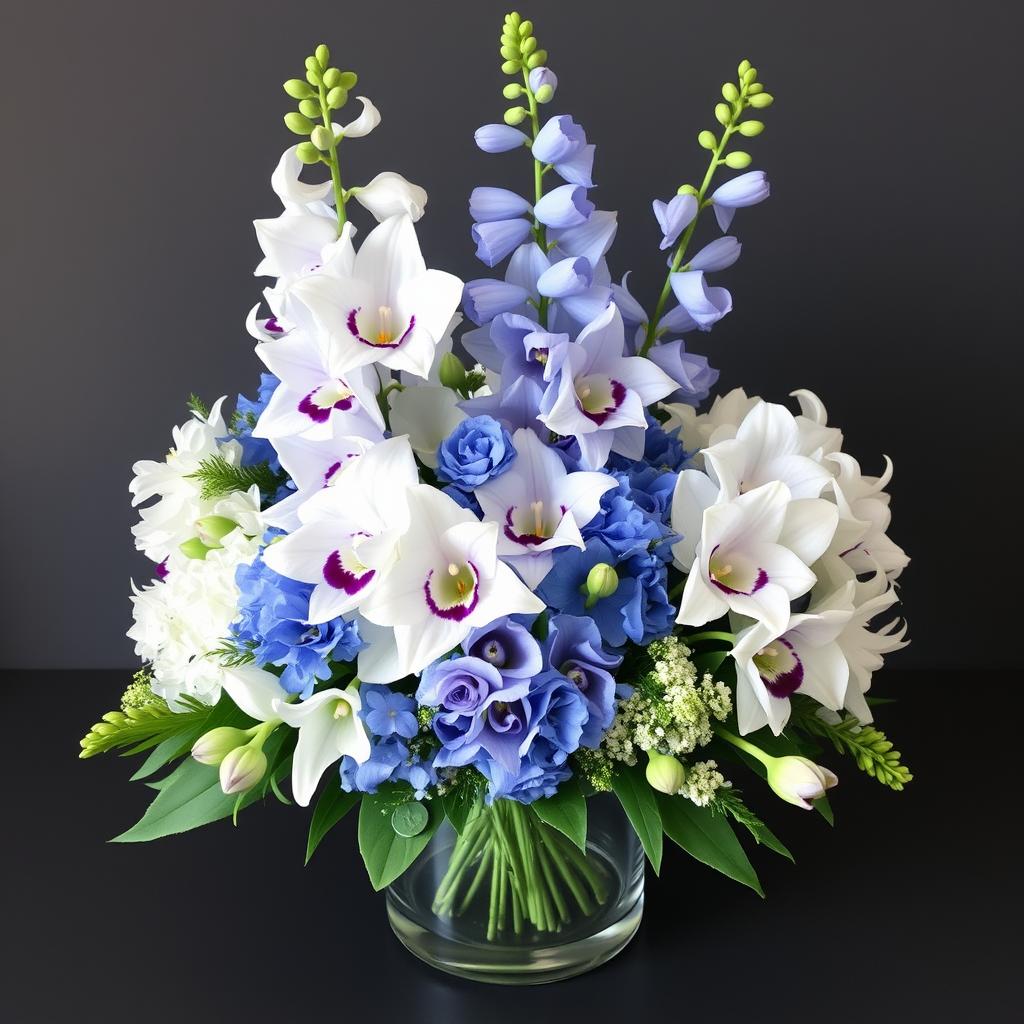
In personal settings, lilacs can be strategically placed to enhance moments of introspection and prayer. Whether adorning a home altar or a quiet corner for meditation, their presence can serve as a gentle reminder of the sweetness of forgiveness and the renewal that Yom Kippur represents. The fragrance of lilacs can also aid in fostering a tranquil environment, conducive to deep spiritual reflection.
Communal gatherings during Yom Kippur can similarly benefit from the inclusion of lilacs. Decorations featuring lilacs can be used to create a serene atmosphere in synagogues or community centers. Arranging lilac centerpieces on tables or incorporating them into larger floral displays can elevate the aesthetic and emotional experience of the observance. The scent’s calming effect may help participants remain focused and centered during communal prayers and rituals.
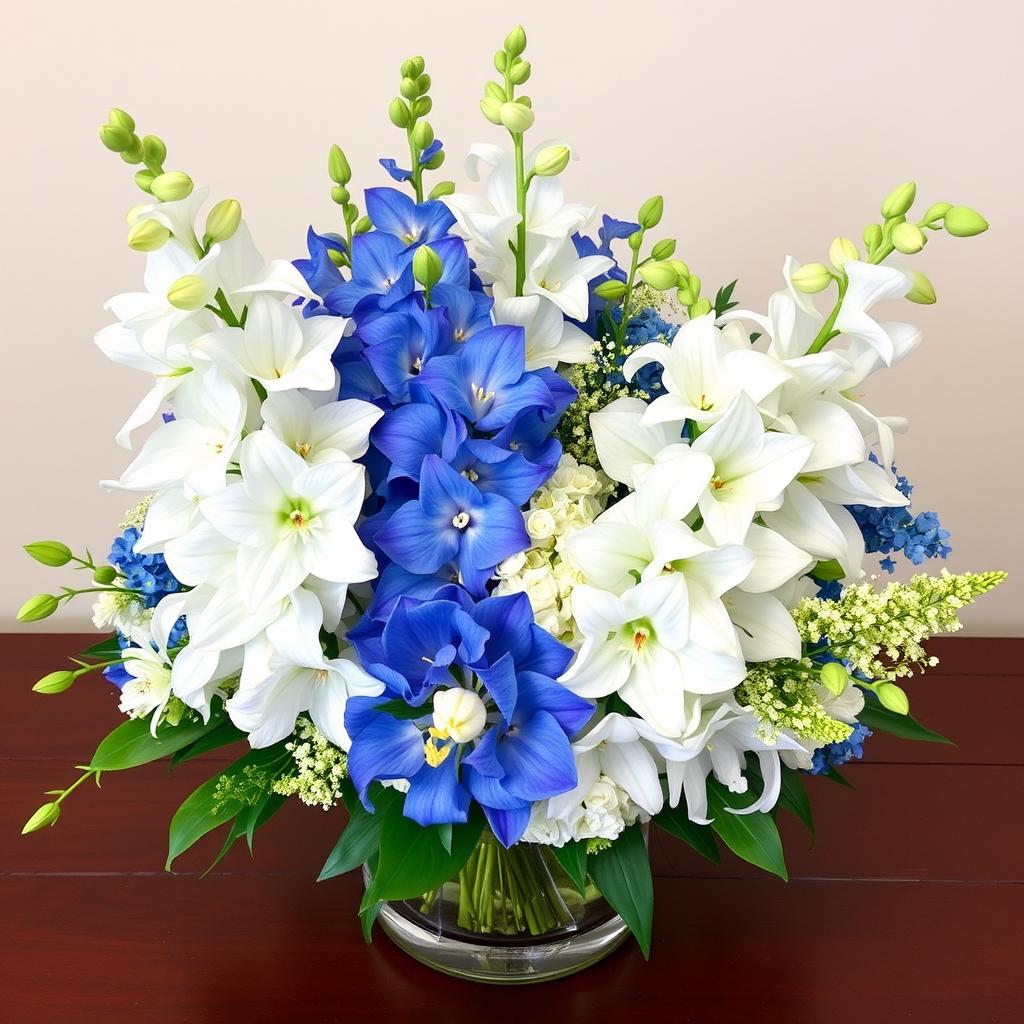
Moreover, lilacs can be included in traditional Yom Kippur rituals to symbolize the community’s collective journey toward renewal and atonement. For instance, they could be incorporated into the decoration of the ark where the Torah is kept, enhancing the spiritual ambiance and reinforcing the themes of forgiveness and new beginnings that are so integral to Yom Kippur.
In conclusion, the inclusion of lilacs in Yom Kippur celebrations offers more than just visual appeal. Their deep symbolic meaning and calming fragrance make them an ideal choice for enhancing the sense of peace and renewal, whether in personal spaces or community gatherings, allowing participants to fully immerse themselves in the spiritual essence of the observance.
